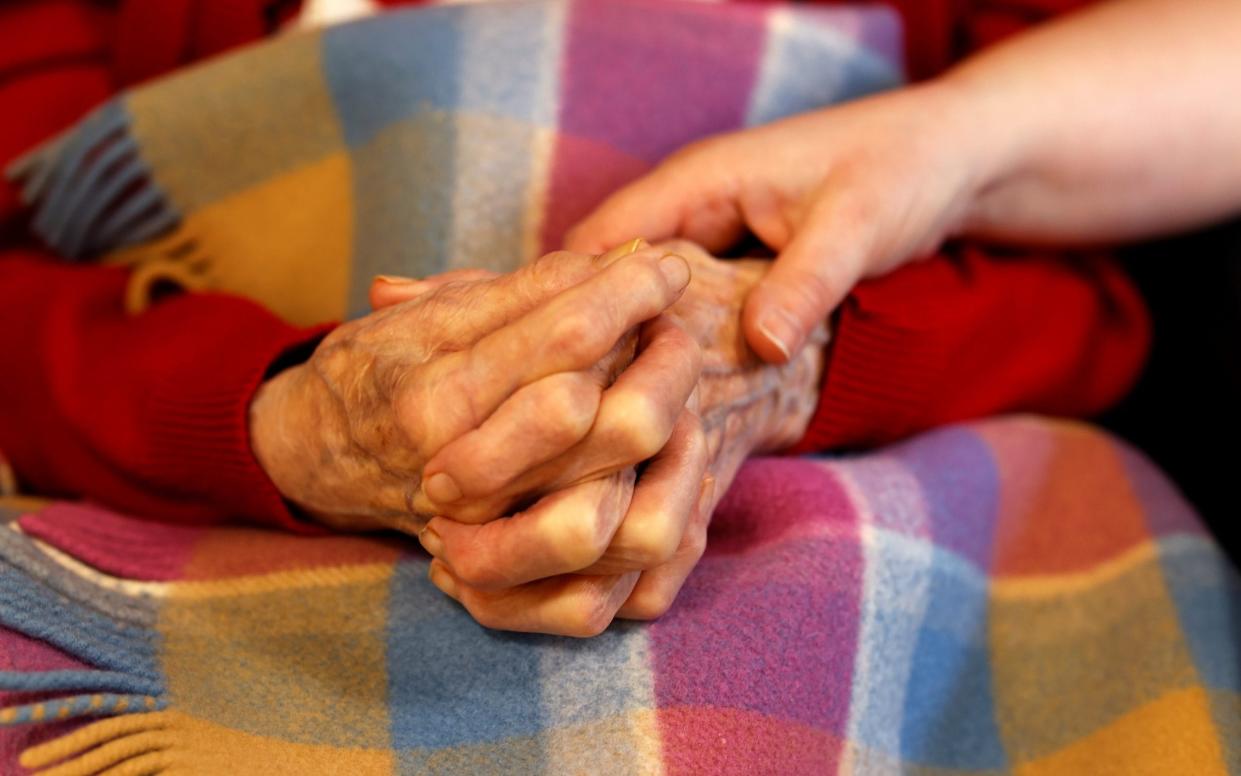Care home residents ‘forced into debt’ as more than a third are paying their own way

More than one-third of care home residents are self-funded, government statistics have revealed, amid warnings that residents are “being plunged into debt to prop up a broken system”.
The Office for National Statistics (ONS) has published figures for the first time estimating the number of people who pay for their own care as opposed to the council funding it.
Data covering the period 2019 to 2020 in England showed that a total of 84.7 per cent (391,927 of 462,460) of care home beds were occupied in England.
Approximately 143,774 (36.7 per cent) of these were self-funded care home residents, compared with 248,153 (63.3 per cent) state-funded residents.
The figures come after Boris Johnson, the Prime Minister, last month unveiled a National Insurance tax increase to fund the sector, as well as a lifetime cap on social care costs of £86,000 per person and more generous means-testing, to be implemented in October 2023.
However, the fine print of the rushed-out plans revealed that the cap applies only to “personal care” - the physical acts of caring that are regulated by the Care Quality Commission.
This means that it will not cover “hotel costs”, including accommodation, cleaning and food provided to care home residents. These “very expensive” costs often far exceed the personal care costs for those paying to stay in residential care.
Responding to the ONS data, Pete Davies, senior organiser at the GMB union, said: "The under-funding and exploitation of our care system has weighed heavily on those who find themselves having to pay for their own care.
"Many people are paying far above the rate that a local authority would pay for the same service.
"Ultimately, they are paying over the odds and often being plunged into debt to prop up a broken system - one that relies on gross injustice to generate bloated profits for shadowy private companies."
Highest proportion of self-funding in homes providing care for older people
David Crabtree, who manages two care homes in Bingley, Yorkshire, said that “the number of council tax paid for residents in care homes will also rise in line with the increasing numbers elderly people needing care.
“The tax which is not due to filter through to social care for three years… If you don’t care for social care, then hospitals have nowhere to discharge to.”
The ONS figures also showed that care homes located in the least deprived areas had a significantly higher proportion of self-funders (53.8 per cent) than care homes in the most deprived areas (21.6 per cent).
The South East had the highest proportion of self-funders (45.4 per cent) compared with the North East, which had the lowest (24.6 per cent).
Meanwhile, care homes providing care for older people had the highest proportion of self-funders (49.6 per cent). This was statistically significantly higher than care homes providing care for younger adults, which had the lowest proportion of self-funders (4.8 per cent).

